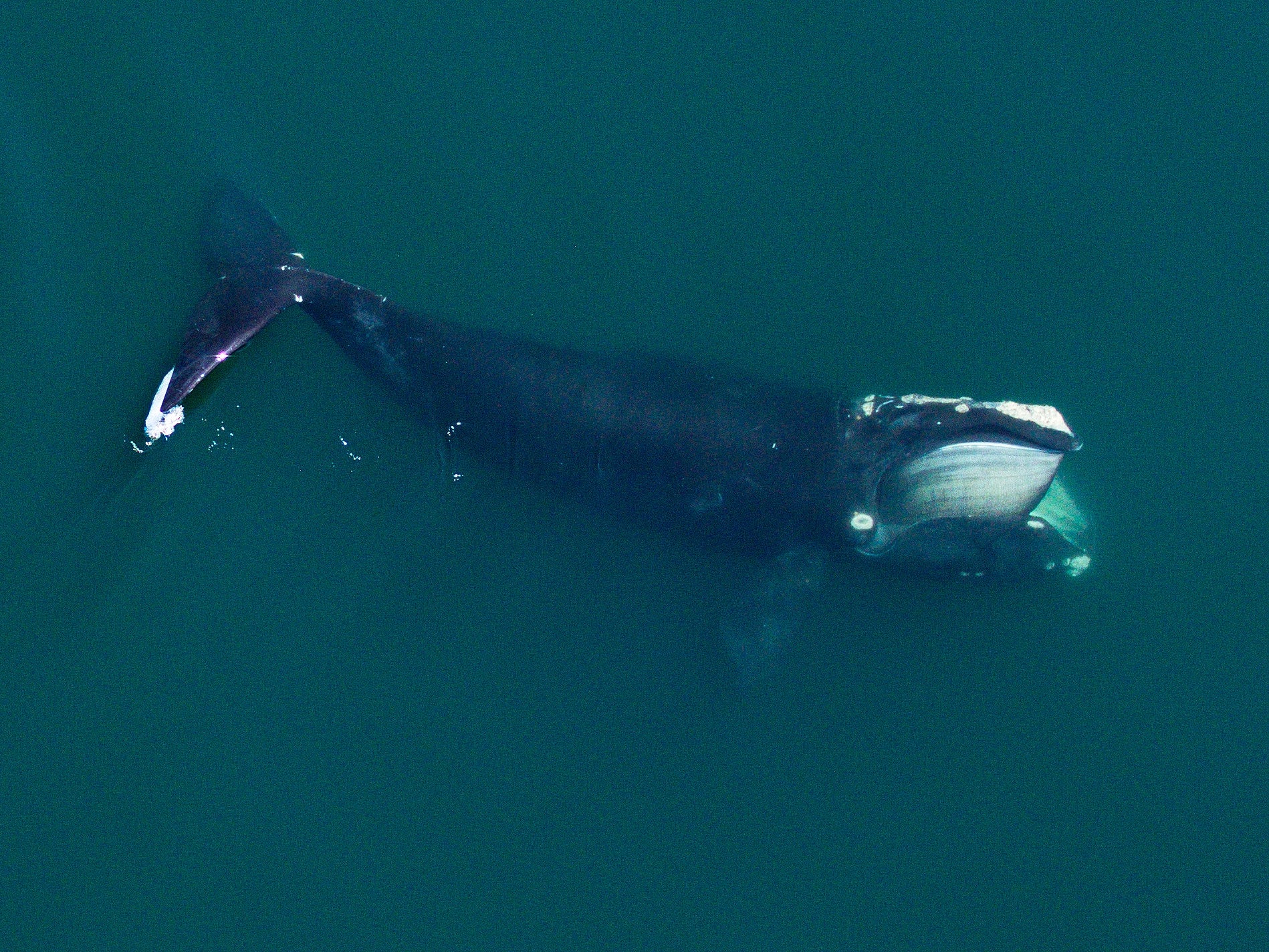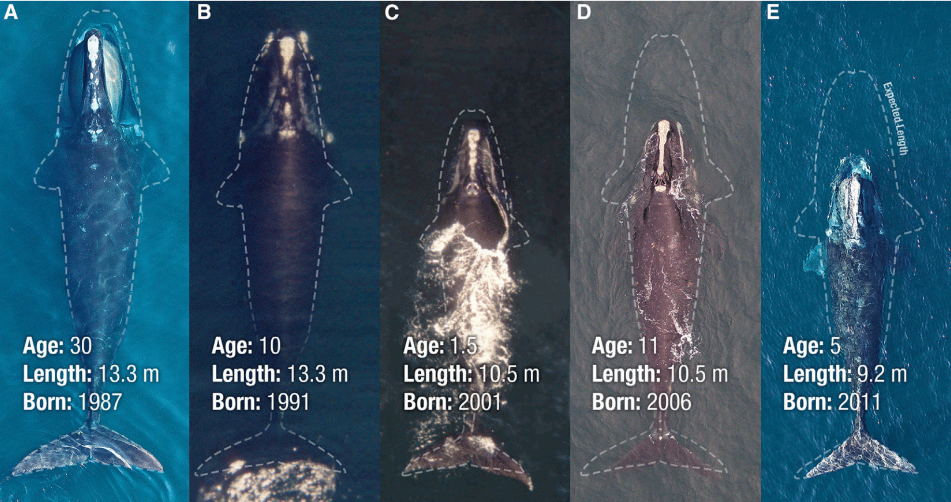Humans causing North Atlantic right whales to shrink, study says
A North Atlantic right whale born today will grow to be around 1m shorter than a whale born in 1981, find researchers

Your support helps us to tell the story
From reproductive rights to climate change to Big Tech, The Independent is on the ground when the story is developing. Whether it's investigating the financials of Elon Musk's pro-Trump PAC or producing our latest documentary, 'The A Word', which shines a light on the American women fighting for reproductive rights, we know how important it is to parse out the facts from the messaging.
At such a critical moment in US history, we need reporters on the ground. Your donation allows us to keep sending journalists to speak to both sides of the story.
The Independent is trusted by Americans across the entire political spectrum. And unlike many other quality news outlets, we choose not to lock Americans out of our reporting and analysis with paywalls. We believe quality journalism should be available to everyone, paid for by those who can afford it.
Your support makes all the difference.The enormous impact of humans on the world’s oceans – from commercial fishing to the climate crisis – could be causing North Atlantic right whales to shrink, according to a study.
Researchers found a North Atlantic right whale born today would grow to be around 1m – or 7 per cent – shorter than a whale born in 1981, with frequent entanglements with fishing gear likely to be the main driver.
The study, published in journal Current Biology, recorded frequent instances of whales getting caught in fishing gear over the past four decades. Once trapped, whales find it harder to move around – leaving them with less energy available for growth, the scientists say.
However, the shifting availability of food – driven by rapidly heating ocean temperatures – as well as direct collisions with ships and noise pollution from engines, could also be playing a role in the declining size of right whales, according to the research.
North Atlantic right whales are one of the most endangered large whale species in the world, with less than 400 remaining in the wild.
Dr Joshua Stewart, study lead author and a postdoctoral researcher at the US National Oceanic and Atmospheric Administration (NOAA), told The Independent: “We found that North Atlantic right whales born in recent years are stunted compared to right whales born several decades ago, and that extended entanglements in fishing gear are causing at least some of that decline in lengths.
“A whale entangled for a year in fishing gear is expected to reach a maximum length about 60cm shorter than one who is not. On top of that, we found a whale born today is expected to reach a maximum length about a metre shorter than a whale born in 1980.
“We weren’t able to identify a direct cause for the decreasing trend over time, but we suspect it could be due to increasing entanglements, disruptions on their feeding grounds from ships, changing ocean conditions and prey availability due to climate change – and possibly other factors.”
For the research, the scientists studied aerial photographs of wild whales taken from crewed aircraft and remotely-operated drones over a 20-year period.
Using this data, the scientists were able to determine how the body length of a whale born in 1981 compares to that of a whale born today.

Declines in body size could be impacting the mammals’ ability to successfully reproduce, said Dr Stewart.
“We know from other populations that smaller and skinnier females have smaller and skinnier calves, and that early growth period is really important for setting the calves up for success,” he said.
“A smaller female also is likely to have lower energetic reserves, so right now we’re exploring whether shorter right whale females have longer resting periods between pregnancies, which could translate into lower overall birth rates over their lifetimes. With a population of fewer than 400 whales, reduced birth rates could be very problematic.”
It is possible that other whale species are also experiencing declines in body size as a result of human impact on the world’s oceans, he added.
“Whales worldwide are dealing with increasing entanglement rates and an increasing human footprint in the oceans,” he said. “My guess is that these effects are likely to be widespread, but we probably don’t have the data to detect them in many species and populations.”
The findings show that more urgent action must be taken to reduce the impact of commercial fishing on right whales, said study co-author Amy Knowlton, a senior scientist at the New England Aquarium in Boston.
“Implementing proven solutions such as reduced vessel speeds, lower breaking strength ropes, and ropeless fishing gear more broadly throughout their range are critical and urgent steps needed to stave off the extinction of this species,” she said.
Join our commenting forum
Join thought-provoking conversations, follow other Independent readers and see their replies
Comments